Seattle University has 20 Division I level sports. One of the most recent additions to this number was the transition of the women’s club rowing team to a D1 sport in 2012.
Head coach Jenny Park was involved with this transition when she joined the staff in 2012 after coaching at the University of Washington. She became interim head coach in February of 2013 and then officially became the head coach in July.
The decision to move from a well-established program like UW to Seattle U’s was not a small one for Park. Now 11 years later, she has stuck with her choice. Park’s team has undergone structural change since its move to Division I—the program used to rely solely on walk-ons for the first seven or eight years. That affected the team’s ability to draw top talent greatly.
“We would recruit but we didn’t have any scholarships for a number of years so the recruits were students who were already coming to Seattle U and wanted to row,” Park said.
Five years ago the team went from no scholarships, one paid coach and renting rack space from the Seattle Rowing Center to two paid coaches, their own boat house and just over four scholarships to offer.
“Lots of big changes in the last few years, which has been awesome to see, the growth of the program and the changes in competitiveness. It’s been a pretty amazing experience in building this program,” Park said.
With the addition of scholarships, Park has seen a change of competitiveness in the team throughout the years because of the ability to recruit.
Cami Torres, a freshman English major, was recruited for the team and chose Seattle U despite the newness of the program.
“I cared more about the amount of personal ties I could make instead of a school with rowing prestige,” Torres said.
Rowing is a naturally competitive sport because there are only so many seats available. The team usually races two boats with eight seats and one four-seat boat. While other programs are more time-oriented and focus on posting times from training off the water so everyone knows where they stand compared to the rest of their teammates, Seattle U is not as focused on that aspect of rowing.
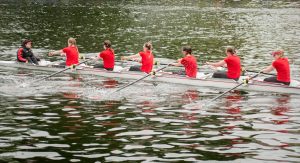
That being said, there’s still a personal interest to row faster and get a better seat in a boat. Some, such as Senior rower Ceci Logan, enjoy the challenge.
“I want my boat to be ahead. I’m going to push myself because I’m not going to be able to control what other people are doing, but if I’m pushing myself really hard maybe my boat will be ahead,” Logan said.
The competition for seats is something that Torres also likes about the sport.
“That’s the beautiful thing about rowing… It’s so mental because even before you’re racing you’re just competing with yourself to see how fast you can row and what limits you can break,” Torres said.
Finding teams to be competitive against is a challenge for the team because they are the only rowing team in the Western Athletic Conference, forcing them to compete independently.
“I think being in a conference would definitely test the limits of the team because we would be competing with some fast teams which would probably be a good push for us,” Logan said.
Other well-established rowing schools may have fully recruited teams, but Seattle U still relies heavily on walk-ons. The number of walk-ons change from year to year but the team usually looks for them in the fall.
Those who are on scholarship don’t feel like they are affected by new walk-ons who may join the team with no rowing experience.
“The coxswains see everything and know what a stroke is supposed to look like and they are definitely the ones taking point in making sure the walk-ons are getting attention,” Logan said.
With a reliance on walk-ons and no prestige attached to rowing, Seattle U does not have an edge over other competing schools. Their season officially finished on May 4 at the Windermere Cup hosted by UW. There were nerves expressed about the last race of the season for both Torres and Logan. They were also excited that it was at home and they could have supporters come and watch their race.
“Even if we don’t necessarily win, I’m very proud of our team and just how far we’ve come in this last year,” Torres said.
All three of Seattle U’s boats finished last in their respective races—putting an ignominious end to the season. Ending the season, they can only look to the new recruits and walk-ons to see how this program continues to grow and develop. With scholarships available to the team, women’s rowing should be able to bring in more talent and drive the team to a DI level of competition in the coming years.



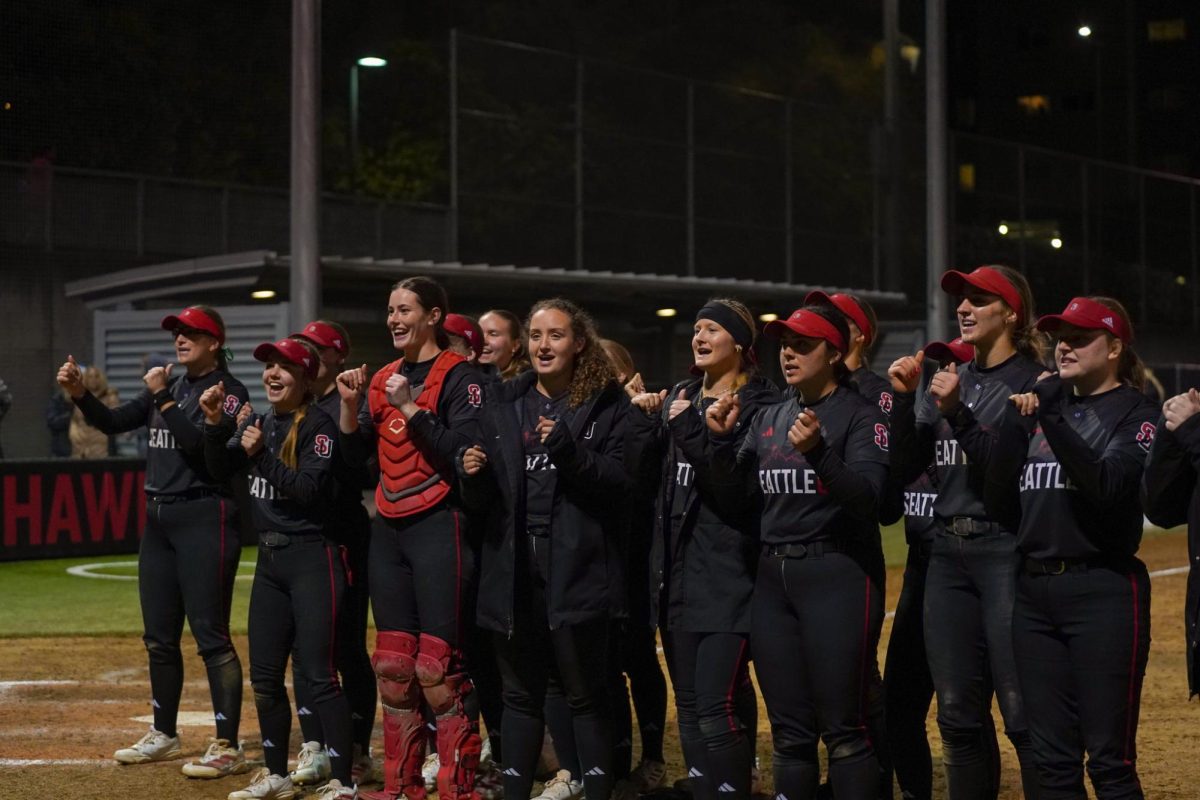
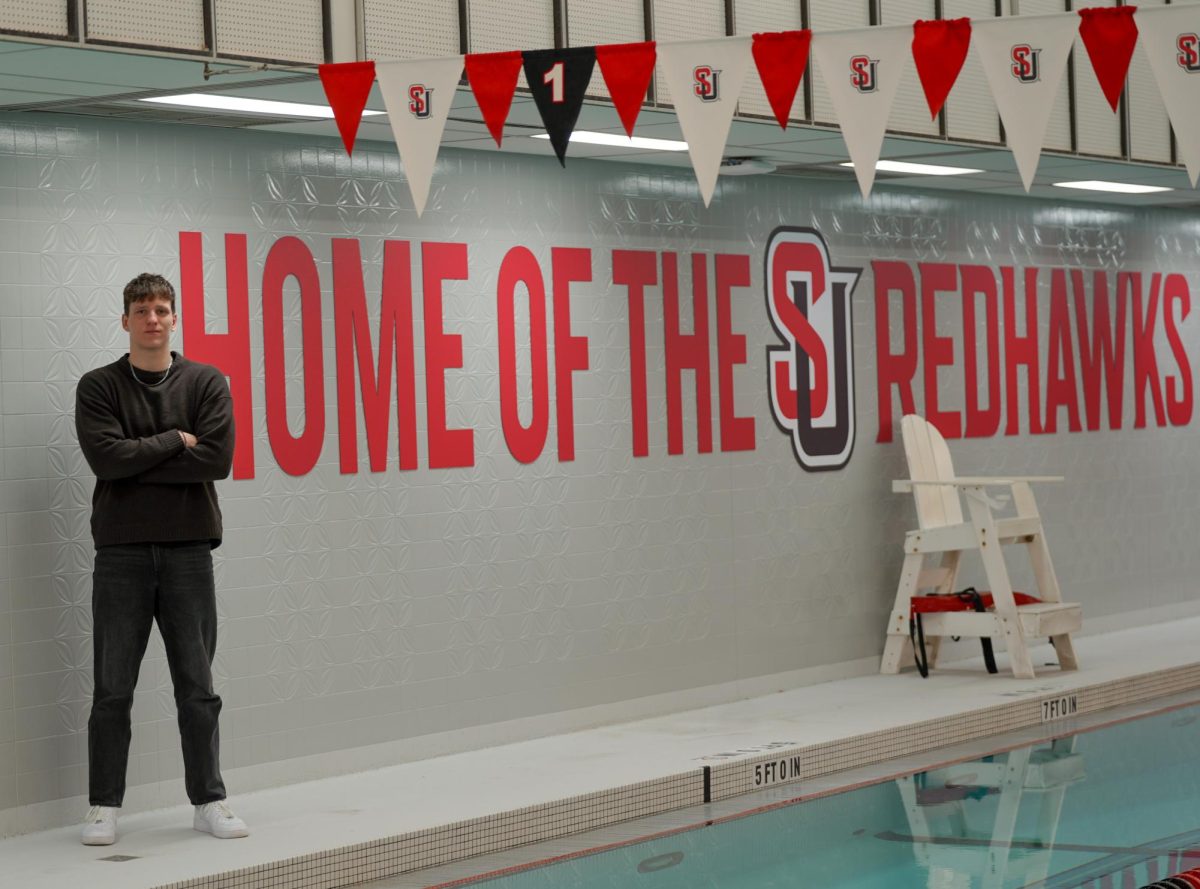
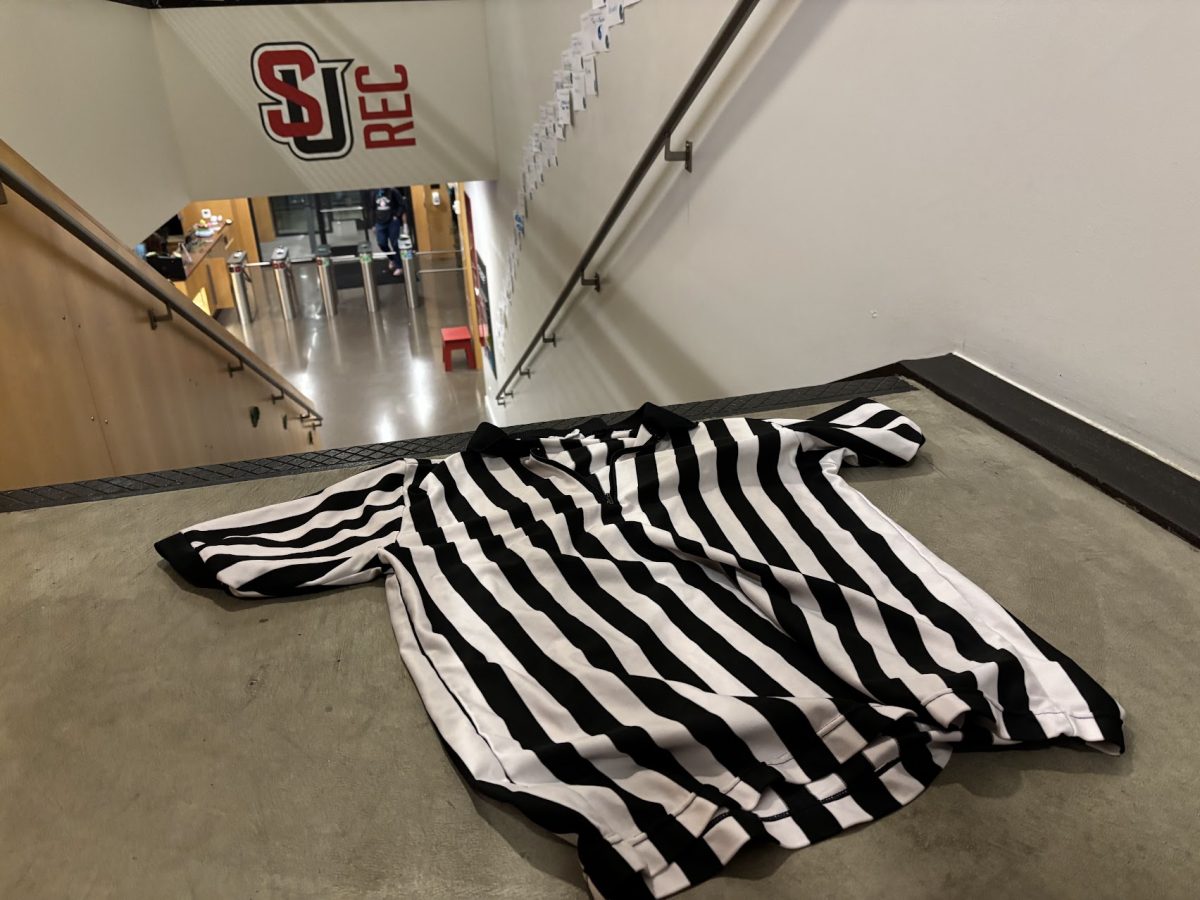
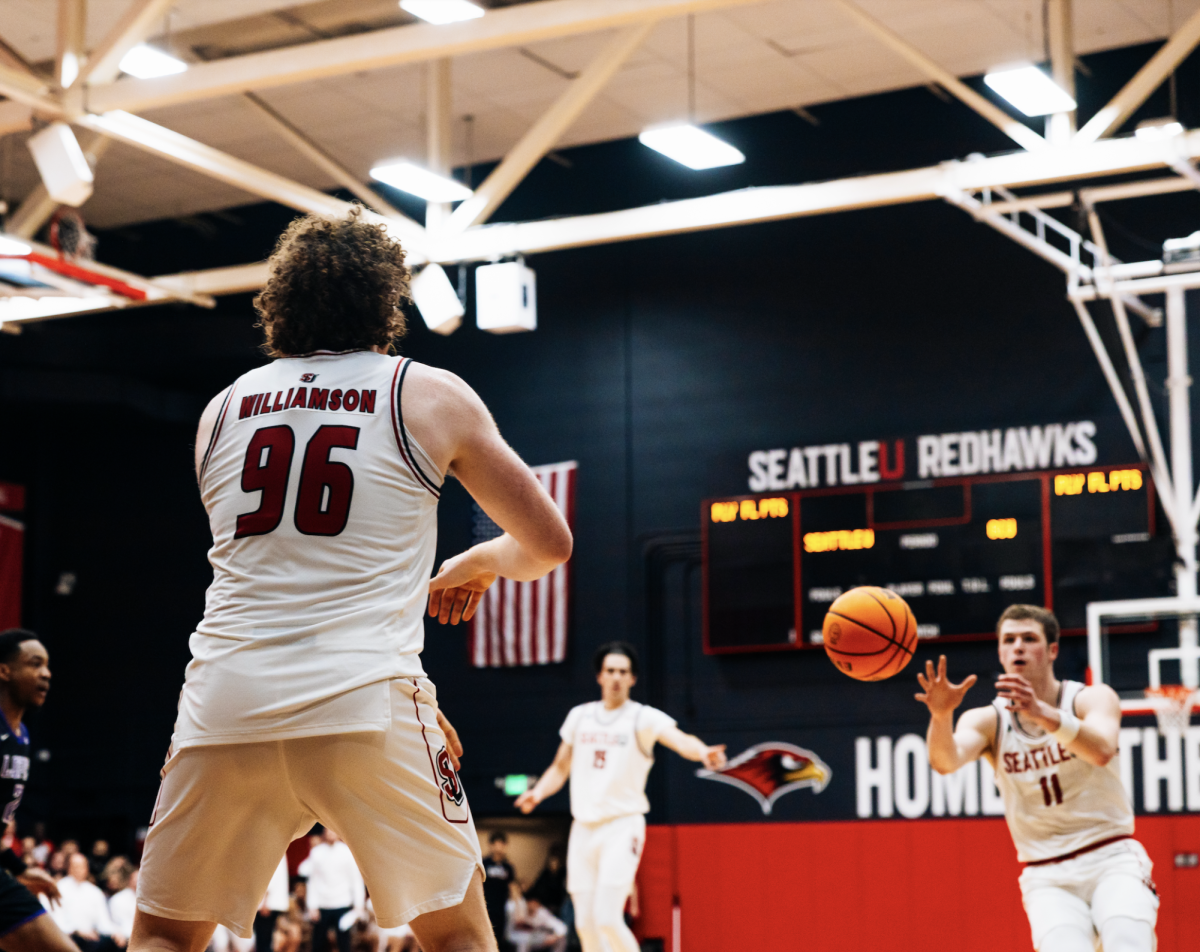
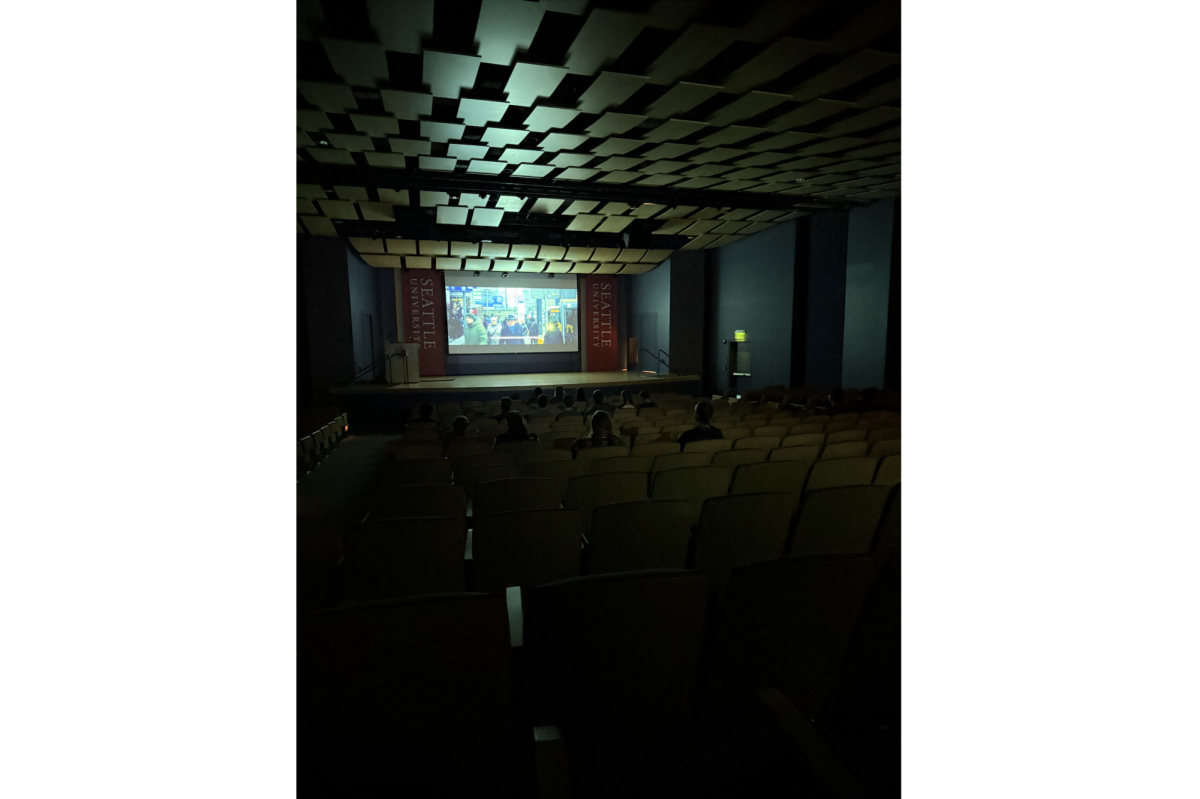
![All My Favorite Soccer Players Are Retired [OPINION]](https://seattlespectator.com/wp-content/uploads/2025/03/Screenshot-2025-03-05-at-20.37.13-1200x783.png)